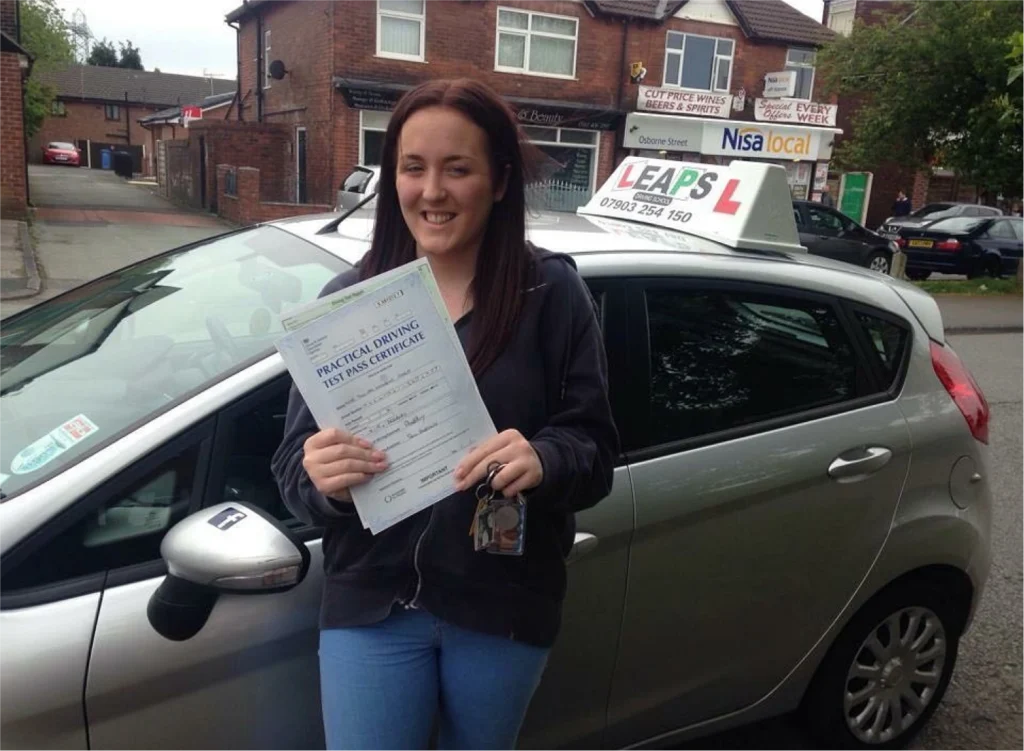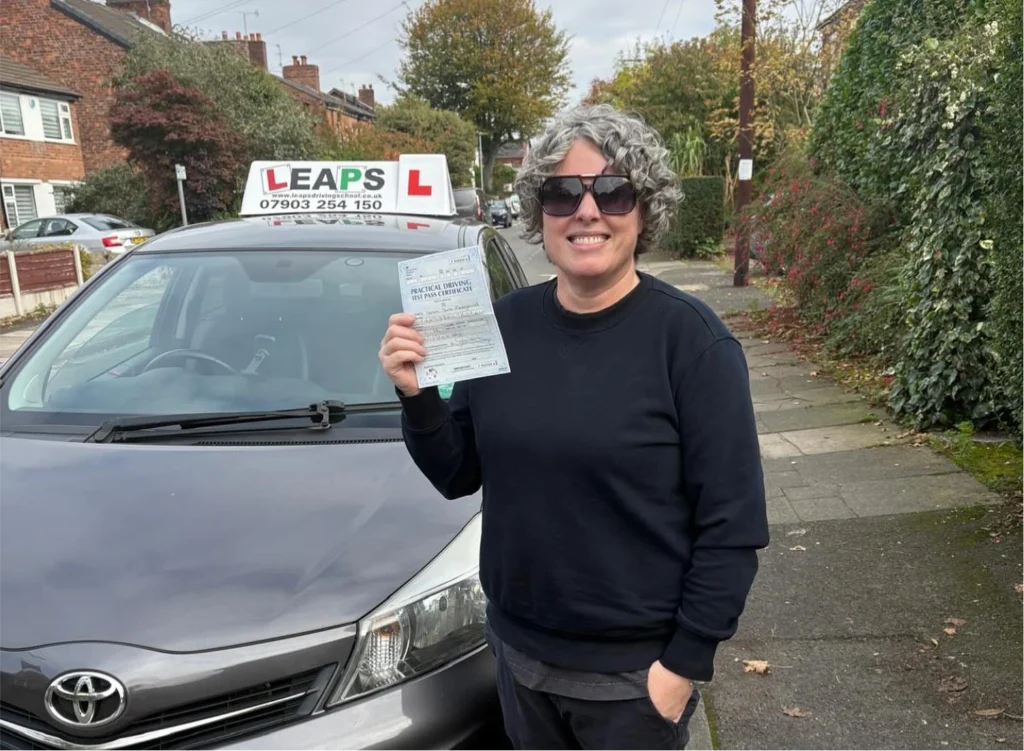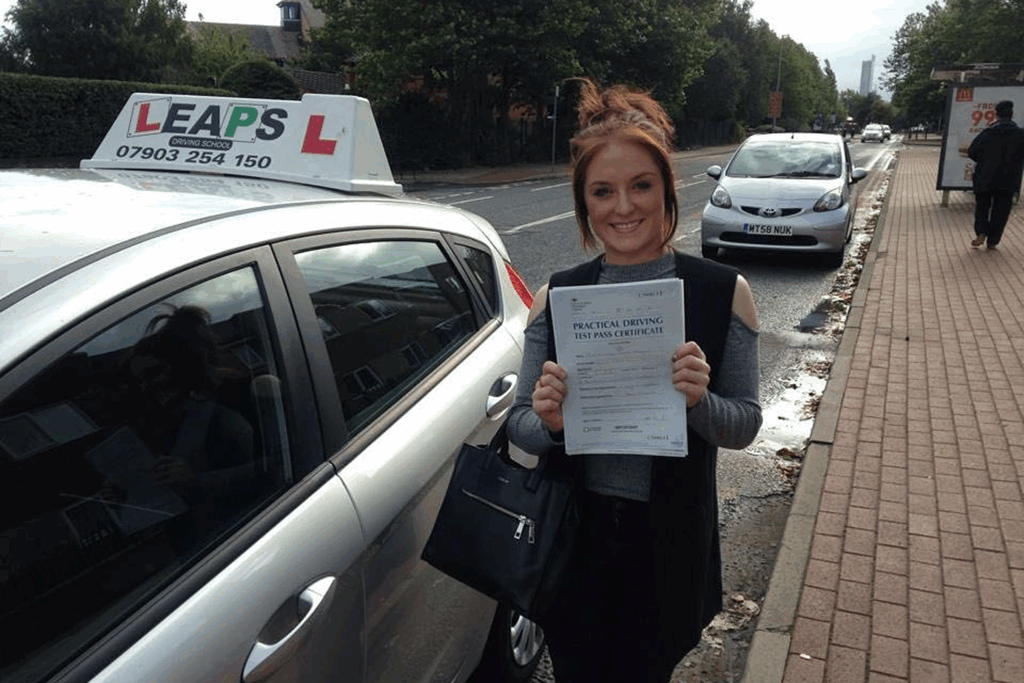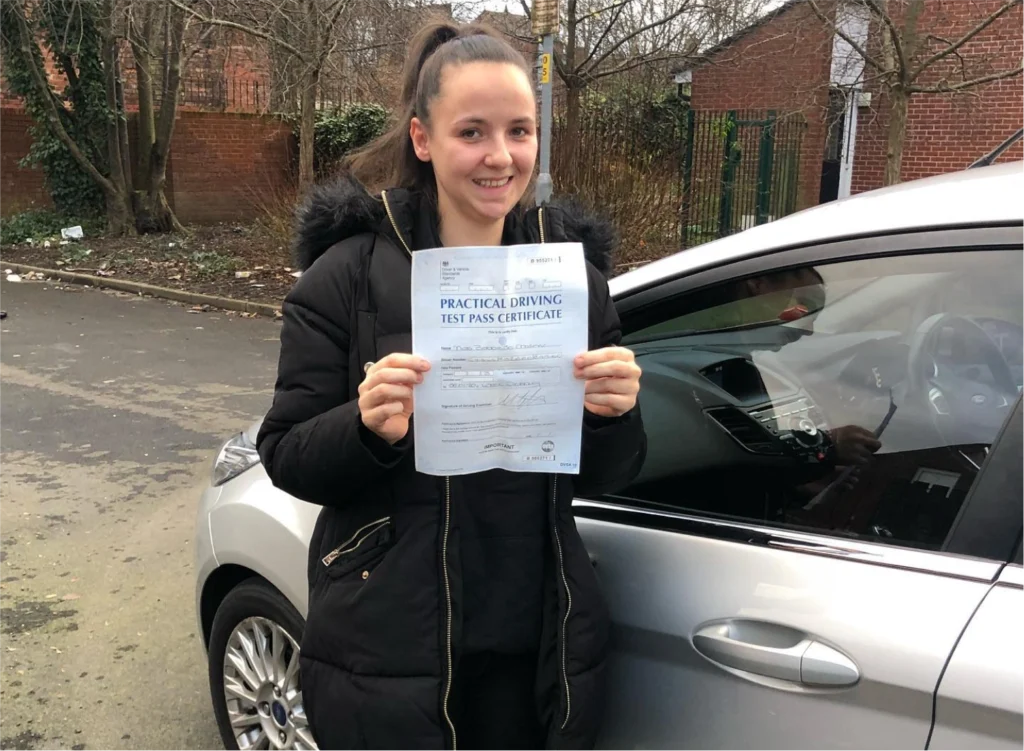
Single Post
- Home
- Single Post
Manchester boasts a complex road system, combining both high-speed dual carriageways and intricate urban layouts.

Familiarising yourself with the test routes in Manchester can substantially increase your chances of success. The Driving and Vehicle Standards Agency (DVSA) often includes a variety of roads in the test to assess a learner’s adaptability to different traffic conditions. This understanding helps anticipate difficult spots, like complex roundabouts or unusual junctions, ensuring fewer surprises on the day.
Test centres in Manchester, such as Cheetham Hill or West Didsbury, have their own particular set of routes that often feature challenging areas. For instance, Cheetham Hill routes might include busy local streets where dealing with parked cars and narrow lanes becomes essential. Taking practice drives around these areas with your instructor or a seasoned driver can build your confidence and competence on these roads.
Utilising online resources such as route maps and community forums can also provide invaluable insights into common test routes. Many experienced drivers share their test experiences online, offering tips on specific routes and the types of challenges they present. This can be an excellent way to prepare mentally for what lies ahead and master the routes even before you drive them.
Key Elements of the Practical Test
The practical driving test in Manchester is designed to assess your ability to handle a vehicle safely and confidently in various road and traffic conditions. The test lasts approximately 40 minutes and includes an eyesight check, ‘show me, tell me’ vehicle safety questions, general driving ability, reversing manoeuvres, and possibly an emergency stop.
Detailed attention is given to your use of mirrors, proper signal use, correct road positioning, and the way you adapt to different traffic environments. These factors are critical in determining your readiness to drive unsupervised. Testers are looking for a natural and safe handling of the vehicle, with smooth gear changes, proper clutch control, and appropriate speed management.
Understanding these key elements can transform your test experience from daunting to manageable. It clarifies what is expected of you and directs your practice sessions to focus on these critical aspects. Regular feedback from your instructor will also help in correcting any persistent errors and refining your driving technique.
Top Tips for Mastering Manoeuvres
Manoeuvres are often the most intimidating part of the driving test, but with the right technique and practice, they can be mastered. The test might include parallel parking, parking in a bay, or pulling up on the right-hand side of the road. It is essential to practice these regularly under varying conditions to ensure that you can perform them confidently on your test day.
A useful tip for mastering manoeuvres is to use reference points on your car to judge distances and angles accurately. Each car has different points, so spend time with your instructor to establish these on the vehicle you will be using. Patience and slow control are your allies here; rushing through a manoeuvre can lead to mistakes.

In addition, always remember the importance of all-around observation during manoeuvres. Ensure it is safe before you start, continually check for other road users, and adjust your actions accordingly. This not only helps in manoeuvring safely but also demonstrates your awareness and consideration for safety, which is crucial for passing the test.
About Us
Leaps Driving School is dedicated to helping learners of all levels gain confidence, skill, and independence on the road. With experienced, DVSA-approved instructors, we offer tailored driving lessons in both manual and automatic vehicles
Recent Post



Subscribe Our Newsletter
Leaps Driving School is dedicated to helping learners of all levels gain confidence, skill, and independence on the road. With experienced, DVSA-approved instructors, we offer tailored driving lessons in both manual and automatic vehicles
Quick Links
Location
Copyright © 2025 Leaps Driving School, Powered By Fast Ranking